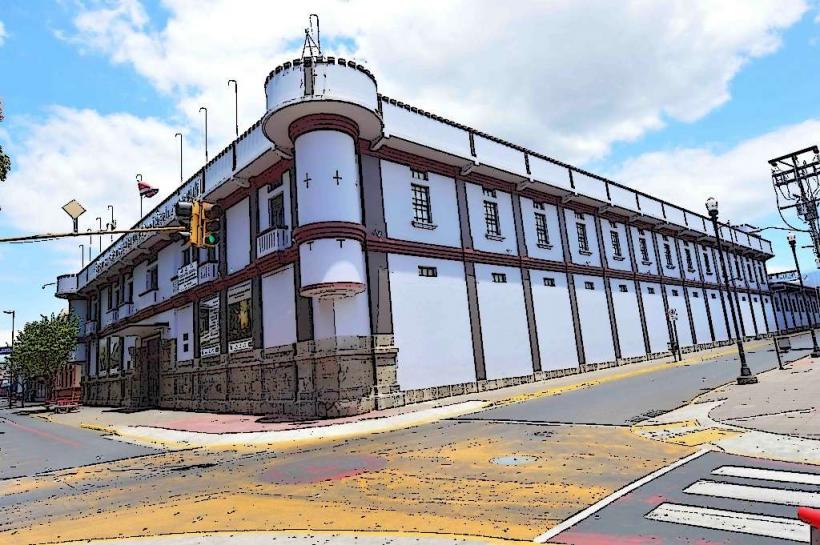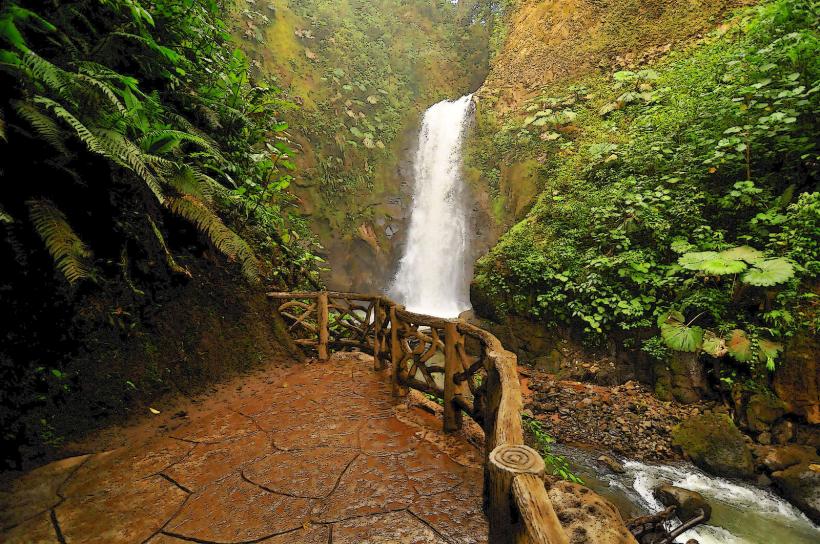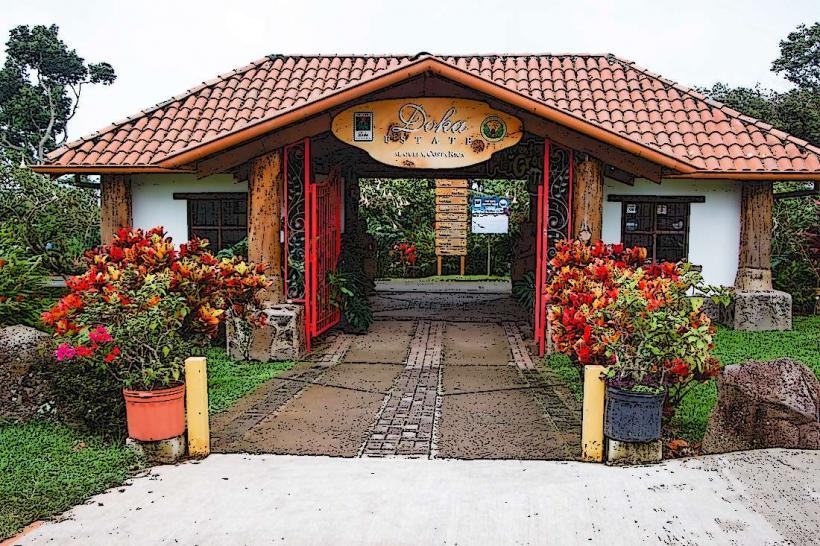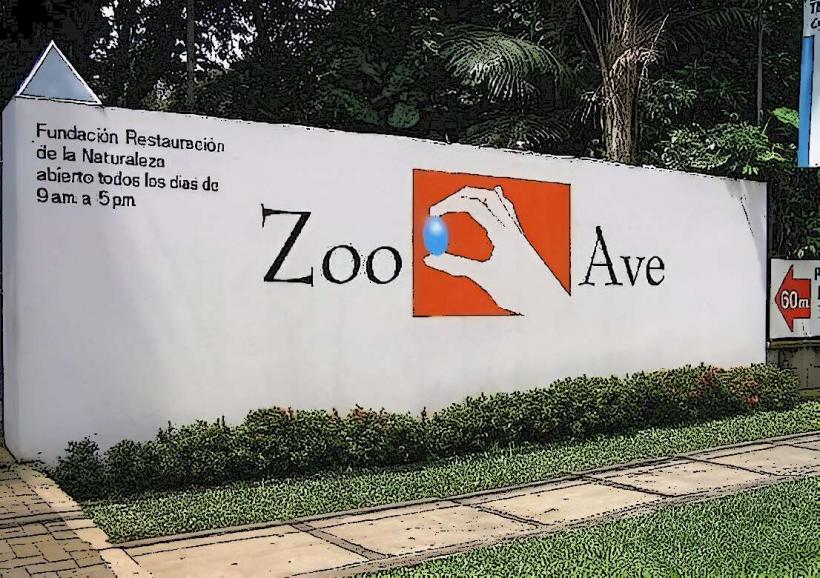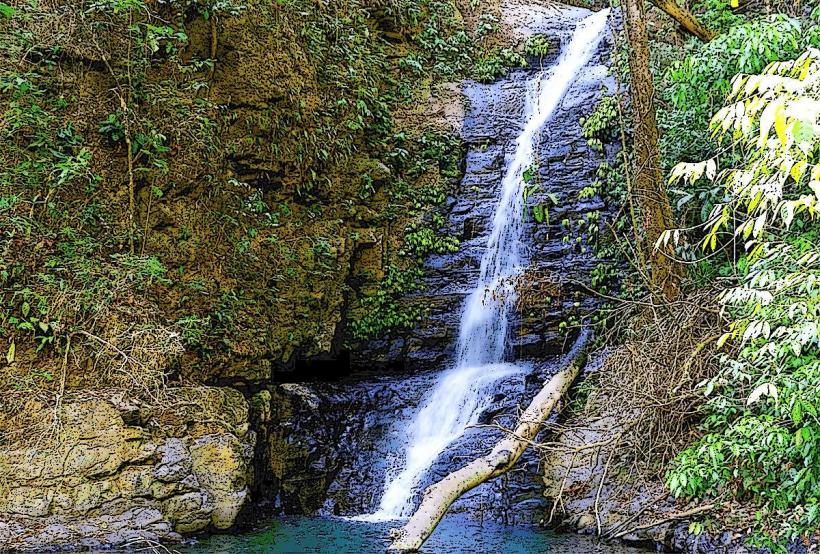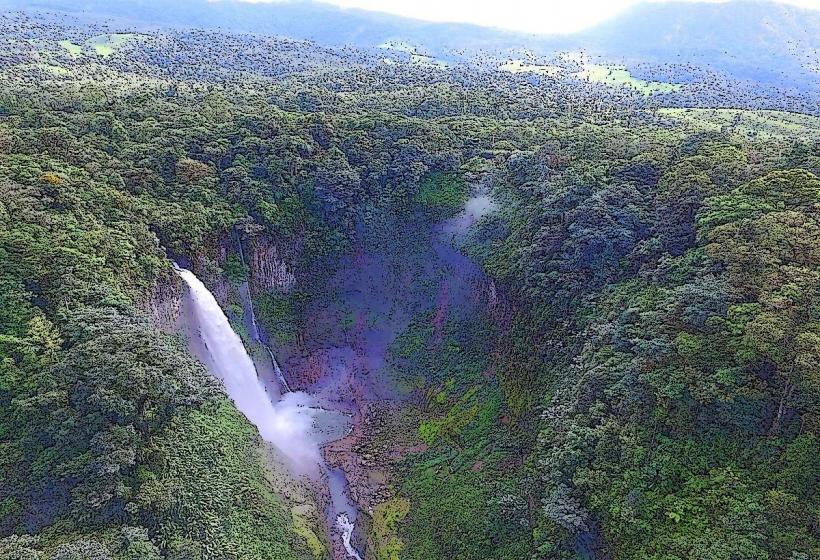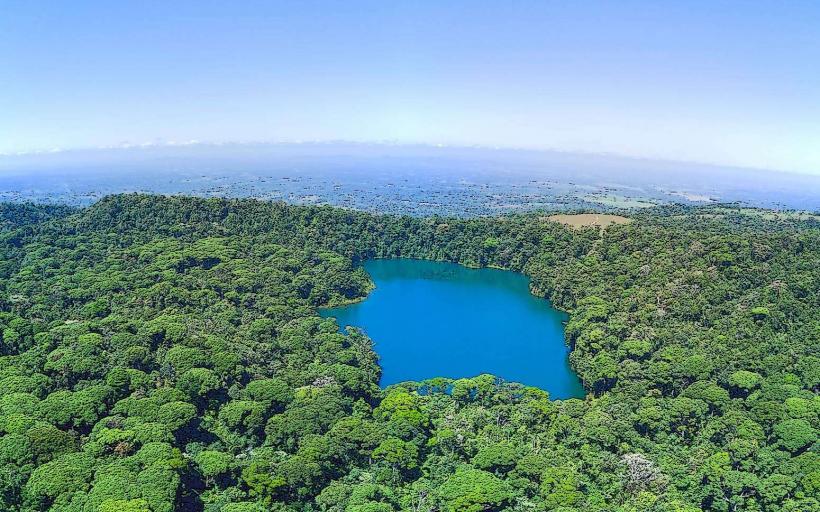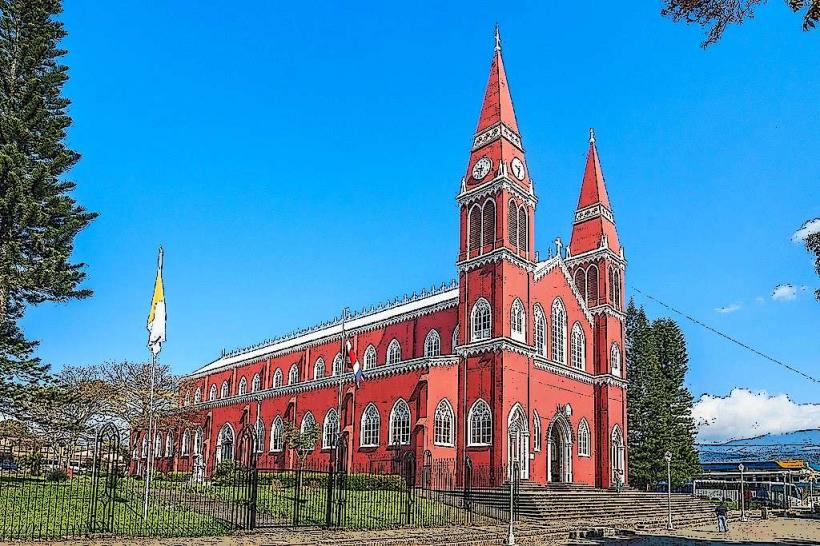Information
Landmark: Poás Volcano National ParkCity: Alajuela
Country: Costa Rica
Continent: North America
Poás Volcano National Park, Alajuela, Costa Rica, North America
Overview
Poás Volcano National Park (Parque Nacional Volcán Poás) ranks among Costa Rica’s best-known natural wonders, where you can peer into a vast, steaming crater and feel the earth breathe, meanwhile in the heart of the Central Valley, it’s famous for its steaming crater, misty cloud forests, and sweeping green hills.The park draws nature lovers, geology buffs, and anyone eager to explore Costa Rica’s dazzling mix of wildlife, from sparkling toucans to whispering rainforests, also poás Volcano National Park, or Parque Nacional Volcán Poás, sits in Alajuela Province about 37 kilometers (23 miles) north of San José.Established in 1971, it covers roughly 65 square kilometers (25 square miles), and its summit rises 2,708 meters (8,891 feet) into the cool, misty air, on top of that key features include: 1.The park is home to Poás Volcano, a steaming giant with a gaping crater, and it’s one of the most active and easiest to reach in Costa Rica, as a result the volcano’s main crater, about 1.5 kilometers (0.9 miles) across, is the largest in the country and ranks among the biggest on Earth.At its center lies an acidic lake that shifts from turquoise to gray as weather and volcanic moods change, equally important shrouded in mist most days, the volcano suddenly flashes a vivid blue‑green when the sky clears, with sulfur-scented vapors curling from its crater-a classic sign of volcanic life, almost Tucked in the cloud forest, the park’s ecosystems shift from dense, orchid‑filled woods at lower slopes to sparse, wind‑swept terrain near the rim, where ferns cling to the rocky ground, subsequently in the park’s cool, mist-draped air, mosses and lichens cling to tree trunks like soft green lace, while life stirs all around-monkeys swinging through the canopy, sloths draped over branches, coatis nosing through the undergrowth, and flashes of quetzal, toucan, and hummingbird in the leaves, not entirely It’s a great spot for birdwatching, and the Main Trail-a smooth, paved path-winds up to the observation point perched on the rim of the main crater, subsequently the main path is an easy stroll most visitors can manage, with sweeping views of the crater and the misty cloud forest.For more of a challenge, take the Laguna Botos Trail-about 3.5 kilometers from the main crater-which winds to a tranquil, glassy lake nestled in a dormant crater, besides the hike rewards you with sweeping views and a closer glance at the forest’s ecosystem, from moss-covered logs to darting songbirds.At the Visitor Center, you can explore exhibits on the volcano’s geology, the plants and animals that thrive nearby, and the long, fiery history of eruptions in the area, as well as it’s a perfect spot to drop by before or after hiking the trails, where you can pick up maps, hear the latest on volcanic activity, and get safety tips straight from the staff.Volcano Viewing: The real draw is getting close enough to watch one of the world’s most active craters rumble and spit out wisps of smoke, furthermore shifting slopes ring the crater, while a thin veil of mist drifts across, making the view feel alive and full of energy, kind of Curiously, The area’s often shrouded in clouds, so visibility can drop to a misty blur; still, bird lovers flock here for the cloud forest species and tropical birds, joining local guides who lead walks through the park’s lush trails, share stories about the volcano’s rumbling past, and point out hidden wildlife, while photographers frame everything from steaming fumaroles to thick, tangled greenery, on top of that the park’s open Tuesday through Sunday, 8:00 in the morning until 4:00 in the afternoon, when the last light slants across the benches.It’s closed on Mondays for maintenance, and visitors pay an admission fee - think of it like buying a ticket at the gate, to boot costa Rican residents and international visitors pay different rates, with fees going toward park upkeep, conservation, and visitor services.You can explore on your own, but hiring a local guide brings the volcano’s rumbling history and striking landscapes to life, moreover the main trail welcomes wheelchairs, though rough terrain can make other areas challenging for those with limited mobility.Since Poás Volcano is active, always check for alerts before your trip, at the same time the weather shifts expeditious-one minute clear, the next wrapped in cool, damp mist-so dress in layers, sort of Higher altitudes can cause lightheadedness, so pace yourself and sip water often, while nearby, you’ll find the cascades and wildlife of La Paz Waterfall Gardens, or the museums and plazas of Alajuela.Arrive early for your best chance at a crater view, pack a jacket, water, and snacks, and confirm volcanic conditions with the National Seismological Network, likewise poás Volcano National Park offers an unforgettable glimpse of an active volcano set in breathtaking scenery.Whether you’re into rock formations, wild trails, or simply want to stand beneath towering rainforest trees, this park belongs on your Costa Rica itinerary, subsequently towering volcanoes, flashes of dazzling toucans, and sweeping mountain vistas make it one of Costa Rica’s most unforgettable places to visit.
Author: Tourist Landmarks
Date: 2025-09-11

